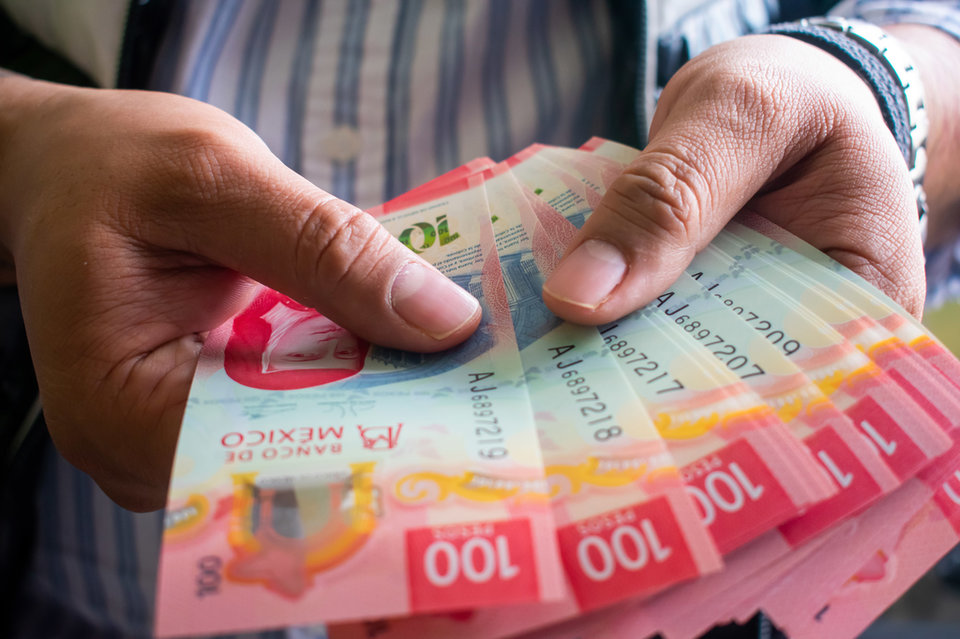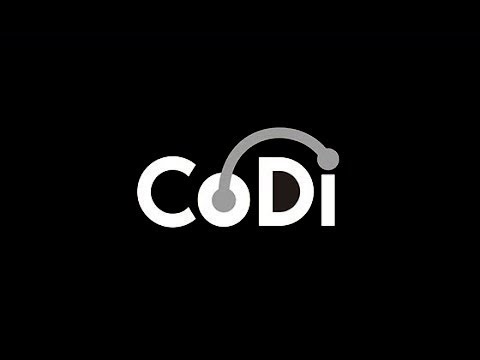PRODUCTS AND SERVICES
Mexicans say ‘que?’ to Central Bank payments network CoDi
Mexican instant payments network CoDi has failed to gain traction in Latin America’s second-largest economy as banks cannot profit from it while consumers complain about technical glitches, experts say, writes Ivan Castano

M
exico’s answer to Brazil’s fast-growing PIX, CoDi has so far garnered 9.7 million users to execute 2.6 million transactions since launched in September 2019 – a far cry from Mexico City’s target of at least double that amount.
Main article: The numbers get worse the deeper one digs. Of the nearly 10 million active accounts, only 581,000 have actually made a purchase, according to Central Bank (Banxico)’s website. Meanwhile, average values stand at just MXN803 ($40), much less than the MXN8,000 the government hoped users would transact during the network’s initial phase, sources claim.
In contrast, PIX has garnered nearly 90 million users to carry out 1.5 billion transactions since it launched last November, according to Brazil’s Banco Central or BC. Success has been so high that the government is reportedly considering launching a PIX debit card to enable offline payments.
Calling more merchants
To use CoDi, Mexicans download an app to their mobile phone to make payments in small and large merchants with a QR code on top of peer-to-peer transfers.
Some of Mexico’s largest merchants, including foodstuffs chains Chedraui and Lacomer, leading department-store chain Coppel and large drug-store chains such as Farmacias del Ahorro, currently accept CoDi, as do mobile and fixed-telephone providers Telcel and Telmex respectively, according to Banxico.
Still, the vast majority of merchants, including dominant convenience-store chain Oxxo and Wal-Mart de Mexico, have so far refused to work with the Central Bank’s solution. Instead, they have opted for launching their own Oxxo Pay and Cashi payment apps to profit from rapid mobile adoption in the Aztec nation where 64.7 million people have smartphones and nearly 40% use digital banking services.
Just as crucially, top banks such as BBVA, Citibanamex or HSBC have not made the service widely available, and when they have, processing times often lag Banxico’s requirements, with payments often delayed.
“They did a poor job at launching CoDi without thinking about the market implications for banks, which haven’t bought into it because they can’t make money [i.e. charge commissions] unlike with PIX in Brazil,” says Lindsey Lehr, analyst at Americas Market Intelligence. “Banxico pushed this without much consensus [from banks].”
‘Not dead’
Still, CoDi is “not dead and is growing every month” though below original targets, Lehr says.
Fintech consultant Raul Nava, who helped Banxico devise CoDi before leaving soon after its roll-out, agrees that the launch could have been better organised.
“The plan was for many Mexicans to use CoDi for day-to-day purchases to stop using cash and improve financial inclusion,” says Nava. “But this has been delayed because Banxico did not negotiate with financial institutions. They devised a system with their own technical standards and forced banks to rush to adapt it.”
Consequently, only three or four banks were able to initially offer the product, and while all of them do so now, “they can face heavy delays and users face difficulties completing transactions,” adds Nava.
Regional payments consultant Edwin Zacipa puts it more bluntly: “Financial institutions are failing to meet Banxico’s instant payment timelines of less than four seconds, and often take much longer than this. There are many problems. Banks have not been able to fully integrate CoDi.”
Zacipa says other instant payment networks under development in Colombia and Peru, such as Transfiya and Yape, are having greater success, partly because they are run by private start-ups helping traditional banks break into digital banking.
Raul Nava,
fintech consultant
Mexico’s Fintech Law
Meanwhile, the government is more focused on implementing Mexico’s new Fintech Law, which saw delays with the pandemic, than on making CoDi work.
“There is a bigger focus in licensing companies to become electronic wallets that can hold consumer funds and issue prepaid cards off those funds,” says Lehr, adding that some crypto and crowdfunding regulations are also in the works.
The new legislation should make it easier for a string of neobanks and digital payments startups to win consumers in Mexico where they are rushing to introduce prepaid debit and credit cards. Such players include Brazil’s Mercado Pago (MP) and Nubank as well as Argentina’s Uala which compete tooth and nail with a growing set of Mexican rivals including Cuenca, Algo and Hey Banco.
A big hindrance for CoDi’s success is also its lack of interoperability with other payment networks’ QR codes, something that PIX offers, enabling Brazilians to use Mercado Pago, for instance, at merchants that also accept multiple vendors such as Nubank or top bank Itaú’s new payments app, Iti.
“CoDi’s QR code is one and Mercado Pago’s is another, but there are several start-ups working on interoperability systems such as Dapp,” which just secured $12.4m in fresh funding from Mexican and European funds including G2 Momentum and Kalonia Venture Capital, Lehr explains.
The firm is targeting 240,000 customers in 12 months from 20,000 currently. It already helps integrate payments for Citibanamex, Banregio and Banco Azteca as well as for wallets such as Bitso, ClaroPay and Kueski.
Edwin Zacipa,
regional payments consultant
Prove your worth
Roughly two-thirds of Mexico’s population remain unbanked, with over 60% preferring cash over banking cards to make payments amid steep fees and high distrust for institutions following big corruption scandals.
Despite its goal to bolster financial inclusion, CoDI has failed to provide the population with greater banking access, Nava claims.
“To use CoDi, you actually need a bank account and need to go through your bank’s mobile application,” he says, adding that PIX allows people to make payments through a prepaid card or even a crypto wallet, providing more universal access.
Nava does not expect banking access to rise significantly in the near-to-medium term either.
“I don’t think bancarisation will improve much in five years because [use of cash in Mexico] is a cultural issue, but I think there will be some gradual improvement as fintechs introduce new mobile financial payments,” he says.
For Lehr, much more needs to happen for CoDi to come close to PIX’s success. “The banks and fintechs must work together more openly and banks and companies need to become more customer oriented and provide better user experiences,” among other strategies, she notes.
“They have to prove the value of digital payments over cash – that’s what’s really needed.”

